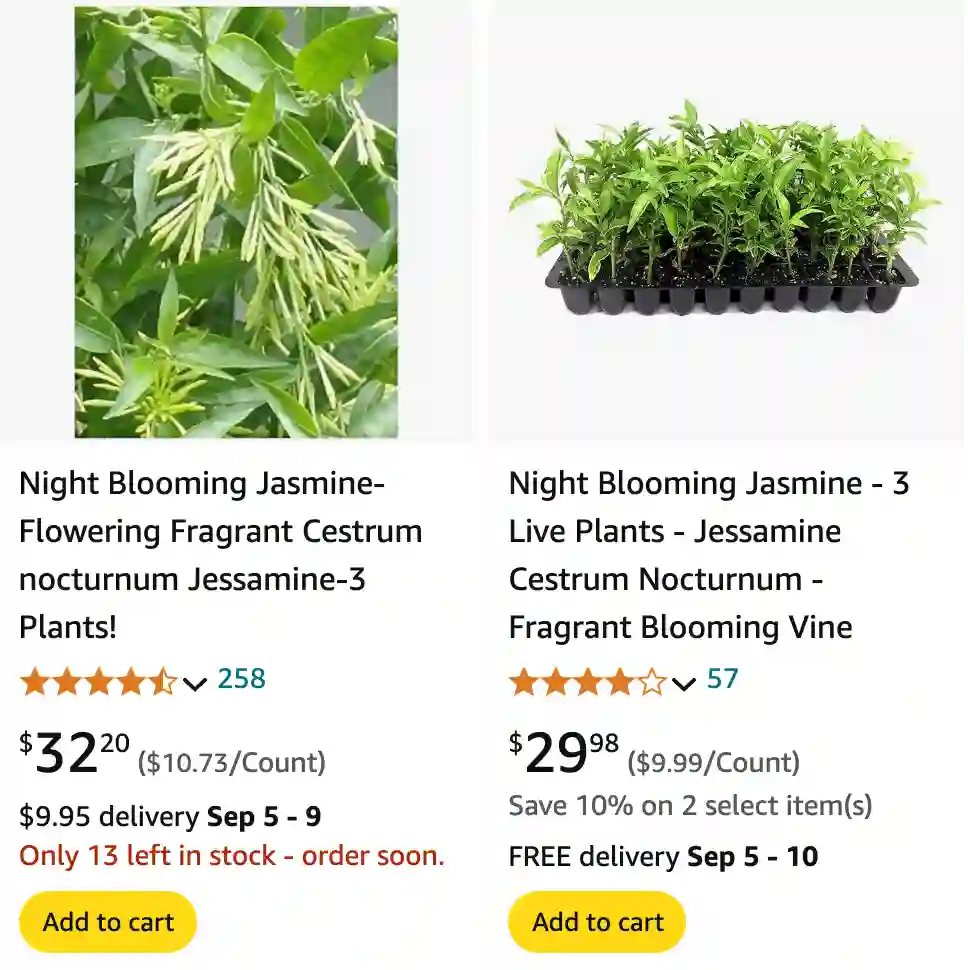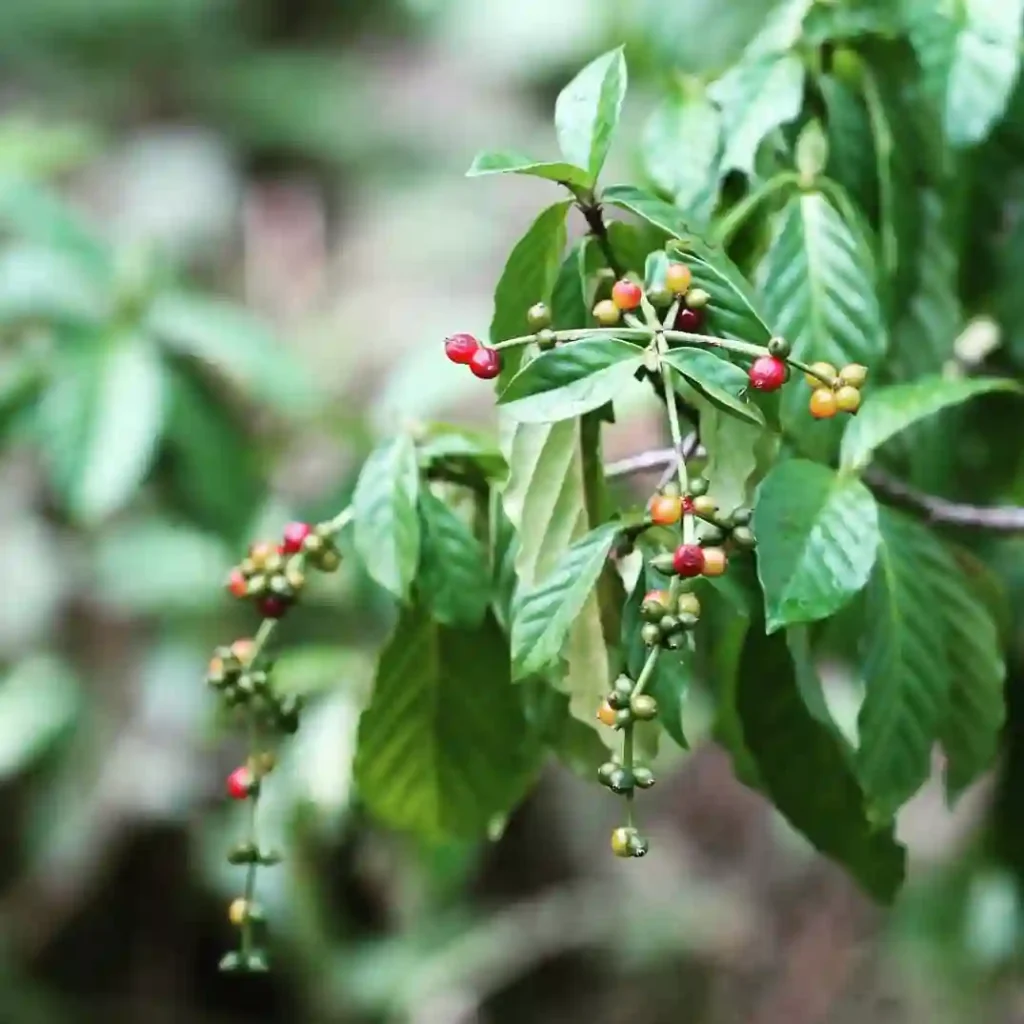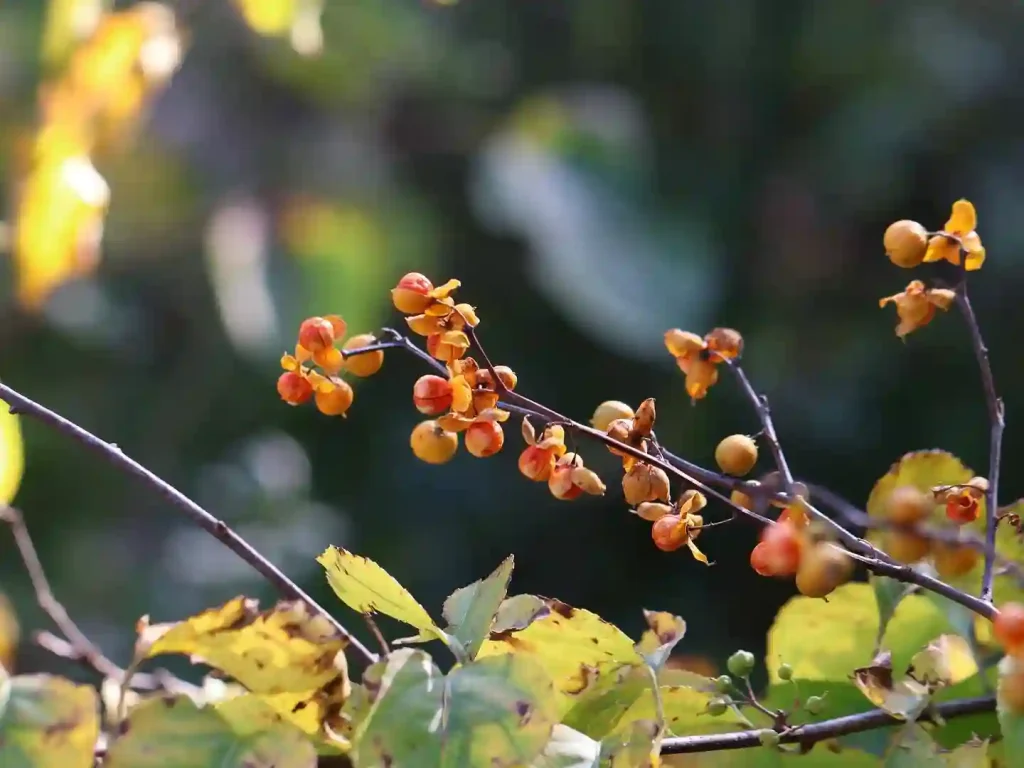
Frequently Asked Questions About Cestrum Nocturnum
If you’ve ever been captivated by the sweet, intoxicating fragrance of Cestrum Nocturnum, commonly known as Night-Blooming Jasmine, you’re not alone. This plant has earned a special place in many gardens for its enchanting aroma that fills the air as night falls. Here’s a comprehensive guide to answer some of the most frequently asked questions about growing and caring for Cestrum Nocturnum.
230 Species in Genus Cestrum
How to Grow Cestrum Nocturnum?
Growing Cestrum Nocturnum is relatively straightforward if you provide the right conditions. This plant thrives in full sun to partial shade, making it versatile for various garden settings. Ensure the soil is well-draining, as this helps prevent root rot. You can start with a young plant from a nursery or propagate it from cuttings. Water it regularly but avoid waterlogging. Regular feeding with a balanced fertilizer will promote healthy growth and abundant blooms.
How to Make Cestrum Nocturnum Flower?
Getting Cestrum Nocturnum to flower is mostly about providing the right care. Ensure your plant gets enough sunlight, as it is crucial for blooming. Proper watering and regular feeding also play a significant role. Pruning the plant after the blooming season can help stimulate new growth and more flowers. Be patient; it may take a year or two for young plants to start flowering.
When Does Cestrum Nocturnum Flower?
Cestrum Nocturnum is renowned for its evening fragrance. It typically blooms from late spring through summer and into early fall. The flowers open in the evening and release a strong, sweet scent that lasts throughout the night. If your plant is well-cared for, it should provide this lovely fragrance consistently during its blooming season.
When to Prune Cestrum Nocturnum?
Pruning Cestrum Nocturnum should be done after the flowering period. This is usually in late fall or early winter. Cutting back the plant helps maintain its shape, encourages new growth, and can increase flowering for the next season. Always use clean, sharp tools to avoid introducing diseases to the plant.
How to Care for Cestrum Nocturnum?
Proper care for Cestrum Nocturnum involves a few key practices. Keep it in a spot with ample sunlight, and water it regularly, especially during dry spells. Feed the plant with a balanced fertilizer every few weeks during the growing season. Mulching around the base helps retain moisture and suppress weeds. Regularly inspect for pests and diseases, treating them promptly if necessary.
Is Cestrum Nocturnum Frost Tender?
Yes, Cestrum Nocturnum is frost tender. It is best suited to warmer climates and can be damaged by frost. In regions where frost is common, consider growing it in containers so you can move it indoors during cold weather. Alternatively, provide protective covering during frosty nights to help mitigate damage.
Is Cestrum Nocturnum Poisonous?
Yes, Cestrum Nocturnum is considered toxic. All parts of the plant, including the leaves, stems, and flowers, contain compounds that can be harmful if ingested. It’s important to keep this plant away from children and pets. If you suspect ingestion, contact a healthcare professional or veterinarian immediately.
Is Cestrum Nocturnum Poisonous to Cats?
Cestrum Nocturnum is toxic to cats. The plant contains compounds that can cause gastrointestinal upset, vomiting, and other symptoms if ingested by cats. Ensure your feline friends do not have access to the plant to prevent any health issues.
Does Cestrum Nocturnum Attract Snakes?
There is no strong evidence to suggest that Cestrum Nocturnum specifically attracts snakes. However, like any dense, lush plant, it can provide cover and hiding places for various wildlife. Ensuring your garden is well-maintained and free of excessive debris can help minimize the presence of unwanted animals.
Where to Buy Cestrum Nocturnum?
Cestrum Nocturnum can be purchased from local nurseries, garden centers, or online plant retailers. When buying online, check reviews and ratings to ensure you’re getting a healthy plant. Local gardening clubs and plant swaps can also be a good source for obtaining this plant.
Where to Find Cestrum Nocturnum in Florida?
In Florida, Cestrum Nocturnum is commonly found in garden centers and nurseries that specialize in tropical and subtropical plants. The plant thrives in Florida’s warm climate, so it is well-suited to the state’s gardening conditions. You can also find it in botanical gardens and local plant sales.
How to Propagate Cestrum Nocturnum?
Propagating Cestrum Nocturnum is usually done through cuttings. Take a 4-6 inch cutting from a healthy plant, removing the lower leaves. Dip the cut end in rooting hormone and plant it in a well-draining soil mix. Keep the cutting moist and in a warm, bright location until roots develop.
Can You Grow Cestrum Nocturnum Indoors?
Growing Cestrum Nocturnum indoors is possible but requires ample sunlight and space. A south-facing window or grow lights can provide the necessary light. Ensure the plant has enough room to grow and proper air circulation to prevent fungal issues.
Benefits of Cestrum Nocturnum
Apart from its alluring fragrance, Cestrum Nocturnum can serve as an attractive ornamental plant. Its glossy leaves and night-blooming flowers add beauty to any garden or indoor space. Additionally, the plant can act as a natural air freshener, enhancing the ambiance with its sweet scent.
Common Problems with Cestrum Nocturnum
Common issues with Cestrum Nocturnum include pest infestations like aphids and spider mites, and fungal diseases such as powdery mildew. Ensure proper spacing, adequate airflow, and regular inspections to keep your plant healthy. If problems arise, treat them with appropriate organic or chemical controls.
By addressing these frequently asked questions, I hope you find the information you need to enjoy growing and caring for Cestrum Nocturnum. This plant’s beautiful, fragrant blooms can be a wonderful addition to your garden or home, provided you give it the attention and care it deserves.
If i die, water my plants!



